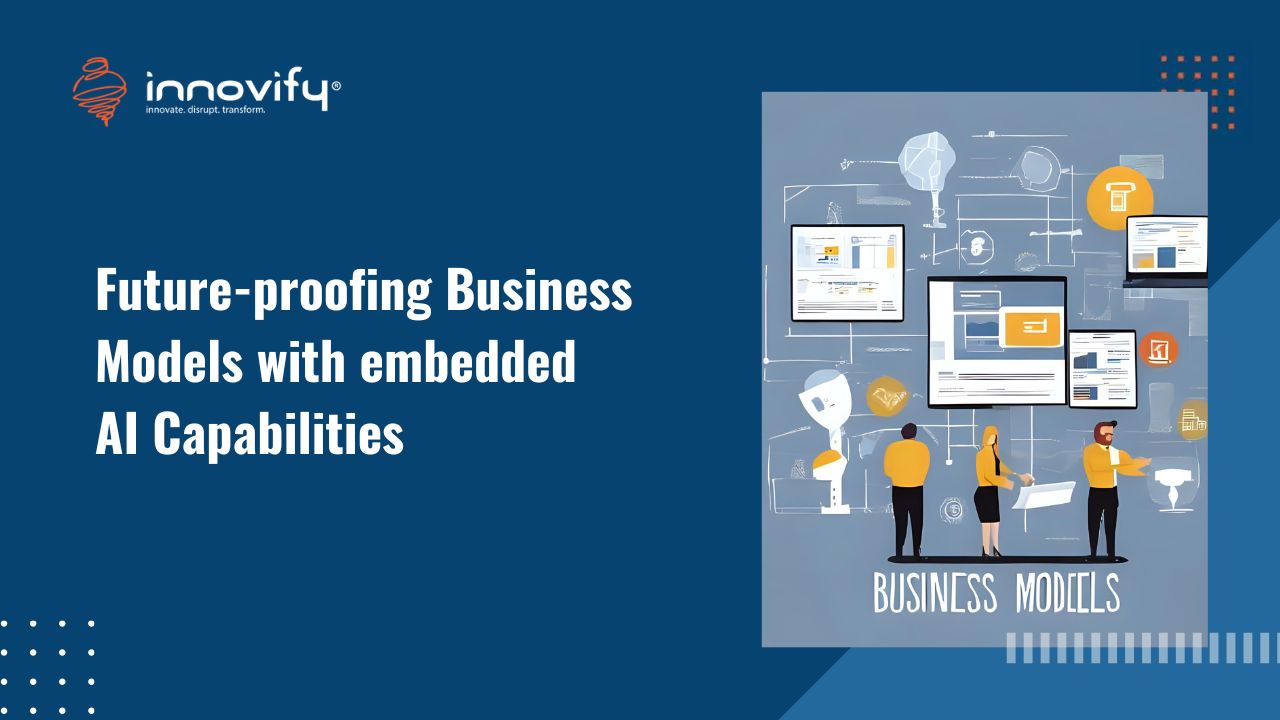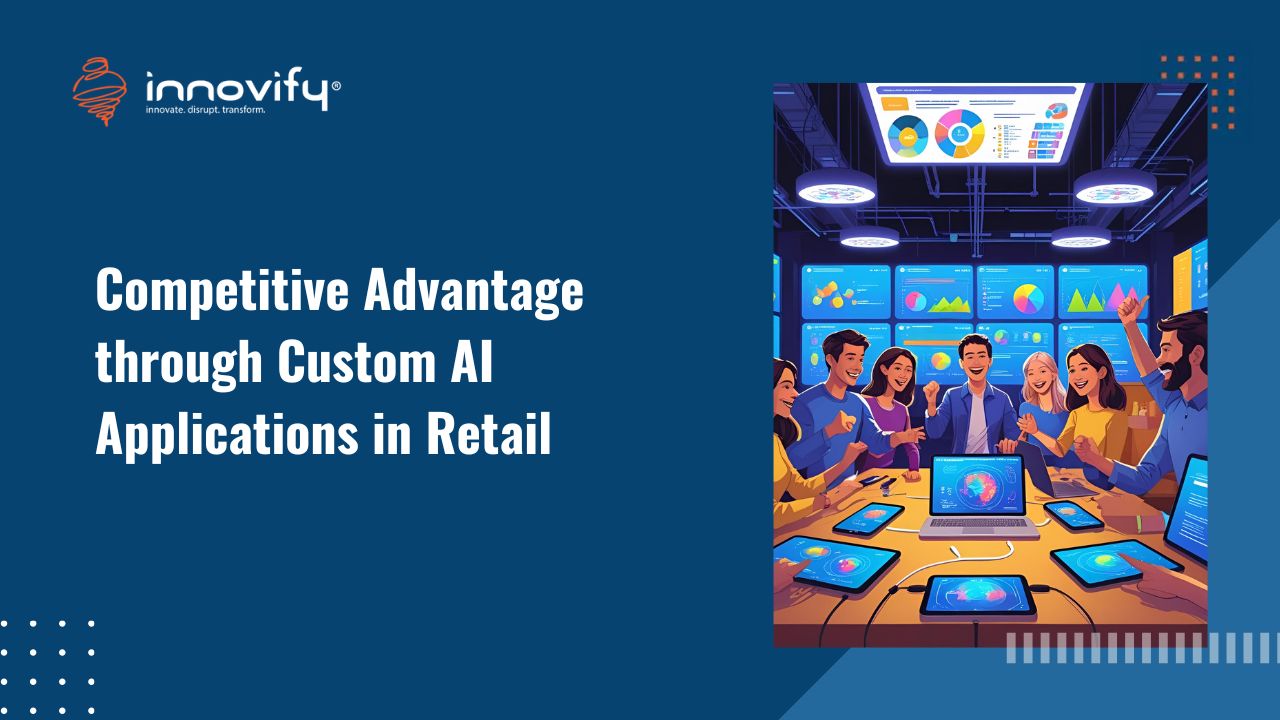AI/ML
5 MVP Testing Benefits To Drive Business Growth and Success
Why Testing Before Launch is Critical for MVP Development?
Introducing an MVP (Minimum Viable Product) to the market can be an exciting time for a startup, but it’s crucial to ensure that the product is tested thoroughly before launching it to the public as there are chances that the startups commit some common mistakes. Testing an MVP helps identify usability issues, functional defects, and other potential problems that could prevent the product from achieving success.
Let’s explore more benefits of MVP testing:
Why is Testing Critical for MVP Development?
Testing an MVP is the most crucial step before its launch. It ensures the following benefits:
1. Ensures Functionality
Testing is a crucial step in ensuring that your MVP performs the functions it was intended to perform. By testing each aspect of your product, you can identify any functional issues or errors that may prevent your users from using the product as intended. Without proper testing, users may experience glitches or errors, which can lead to a negative experience and ultimately harm your product’s reputation.
2. Identifies Bugs and Issues
Testing helps to identify any bugs, glitches, or issues in your product. This allows the development team to address them before launching the MVP, reducing the chances of customers encountering issues and improving the overall quality of the product. Identifying issues early on in the development process helps to reduce the cost and time required to fix them.
3. Improves User Experience
By testing your MVP, you can ensure that it offers a smooth and enjoyable user experience. This is essential for building a loyal user base, as users are more likely to continue using a product that they find easy to use and navigate. User experience testing helps to identify any usability issues that may prevent users from achieving their goals or hinder their experience with your product.
4. Saves Time and Money
Testing helps to identify issues early on in the development process, which can save time and money in the long run. Addressing issues early on is less expensive and time-consuming than fixing them later, especially after the product has already been launched. If you release an MVP that has not been properly tested and users encounter issues, it can be costly and time-consuming to address them, potentially damaging your product’s reputation.
5. Builds Trust with Customers
Testing your MVP demonstrates your commitment to providing a high-quality product to your customers. This can help to build trust with your user base and encourage them to use your product again in the future. A high-quality MVP that has been thoroughly tested instills confidence in users that the product will work as intended and that their experience with the product will be enjoyable.
Given the need to test an MVP, here, let’s explore different testing techniques that can be used to ensure that an MVP is ready for launch.
8 Most Popular MVP Testing Techniques Before Launch
Let’s get started with the most popular one – Prototype testing.
1. Prototype Testing
Prototype testing is one of the most popular MVP testing techniques and is used to test the functionality and usability of an MVP by creating a simplified version of the product or a specific feature and testing it with users to gather feedback. The goal of prototype testing is to identify usability issues and gain insights into user behavior and preferences.

When conducting prototype testing for MVPs, you would create a simplified version of the product or feature that closely resembles the final version. This allows you to gather feedback on the product’s core functionality and make improvements before investing in a full development effort.
Suppose you are developing an MVP for a new EdTech platform that aggregates the educators out there. You want to test the usability and functionality of the MVP before investing in a full development effort.
You begin by creating a simplified platform version that allows educators to enroll. You conduct prototype testing with a group of users to gather feedback on the core functionality and usability of the platform.
2. Regression Testing
Regression testing is a technique used to test the MVP after changes or updates have been made to the product to ensure that existing functionality has not been affected. Regression testing aims to identify any new issues that may have been introduced during development and ensure that the product continues to function correctly.
When conducting regression testing for MVPs, it’s important to test all of the existing functionality of the product, including any previously identified issues that have been resolved. This allows you to ensure that the MVP is still functioning correctly after making changes.
For example, after making updates to your project management tool MVP, you want to perform regression testing to ensure that existing functionality has not been affected.
You begin by testing all of the existing functionality of the product, including task creation, assignment, and completion, as well as collaboration features such as commenting and file sharing. You also test any previously identified issues that have been resolved to ensure that they have not recurred.
3. Load Testing
Load testing is a technique used to analyze an MVP’s performance and scalability by simulating many users and interactions with the product. Load testing aims to identify any performance or scalability issues with the MVP and to ensure that it can handle a large number of users and interactions without issues.
While conducting load testing for MVPs, it’s important to simulate realistic scenarios and user behavior to accurately test the performance and scalability of the product. This allows you to identify any issues that may arise under real-world conditions and make improvements to the MVP to ensure its success.
For example, while performing load testing for an eCommerce platform MVP, you would begin by simulating a large number of users and transactions to test the performance and scalability of the MVP.
You test the checkout process, including payment processing and order fulfillment, to ensure that the MVP can handle a high volume of orders without issues.
4. A/B Testing
A/B testing is a proven technique that can be used to test MVPs to validate assumptions and make data-driven decisions about product development. By creating two versions of an MVP and testing them against each other, A/B testing can help identify which version performs better and which features are most valuable to users.
When testing MVPs using A/B testing, it’s important to focus on a single variable or hypothesis at a time. This allows you to isolate the effect of each change and determine its impact on user behavior.
For example, suppose you are developing an MVP for a new social media platform that allows users to share photos and videos. You want to test whether including a “like” button on posts will increase user engagement with the platform.
You create two versions of the MVP: one with a “like” button on each post and another without the button. You randomly assign users to one of the two groups and track their interactions with the platform.
After collecting data from both groups, you find that the version with the “like” button performed better. Users were more likely to engage with posts that had received likes, and there was an overall increase in user engagement with the platform.
5. Split Testing
Split testing is a technique used to test multiple variations of a product or feature at the same time, with the goal of identifying which combination of features or elements performs best. This technique is often used in MVP testing to help identify the optimal combination of features or elements to include in the final product.
When conducting split testing for MVPs, it’s important to define clear goals and metrics for each variation being tested. This allows you to compare each variation’s performance and determine which best meets your goals and objectives.
While performing split testing for a new fitness app MVP that allows users to track their workouts and set fitness goals, you would want to test which combination of features will lead to the highest user engagement and retention.
You create three variations of the MVP: one with a focus on tracking workouts and progress, one with a focus on setting and achieving fitness goals, and one that combines both approaches.
You randomly assign users to each variation and track their interactions with the app.
After collecting data from all three variations, you find that the combination approach (with a focus on tracking workouts and progress, as well as setting and achieving fitness goals) performed best.
Users were more likely to engage with the app and set more ambitious fitness goals, resulting in higher levels of user retention. As a result, you can conclude that combining both approaches is the most effective way to increase user engagement and retention.
6. Usability Testing
Usability testing is an approach that involves evaluating a product’s user interface and user experience to ensure that it is easy to use and understand. This testing technique is often used to identify issues that could affect user satisfaction and adoption.
During usability testing for your MVP, testers observe users as they interact with the product and record their feedback and observations. This feedback is then used to improve the product’s design and usability.
An advantage of usability testing is that it allows you to identify UX issues that may not be apparent from other testing methods like functional testing.
For instance, while performing usability testing for a mobile banking app MVP, the team may notice that several users are having difficulty locating the transaction history feature, which is an essential function of the application. Instead, they click through several screens and menus, which leads to frustration and confusion.
Based on this feedback, the team suggests redesigning the transaction history feature and making it more prominent in the application’s navigation menu. This change could help improve the application’s usability and user satisfaction.
7. Exploratory Testing
Exploratory testing is an approach where testers use their experience and intuition to explore the product without a predefined test plan or script. This technique is often used to find defects that may not be detected through other testing methods.
During exploratory testing, testers can adapt and modify their testing approach as they discover new information about the product. They can use various techniques such as boundary value analysis, equivalence partitioning, and error guessing to uncover potential issues.
An advantage of exploratory testing is that it allows testers to identify defects that may not have been anticipated, which is especially useful for MVPs that may not have well-defined requirements or specifications.
For example, suppose you are testing a new eCommerce platform MVP that allows customers to browse and purchase products online.
During your testing, you decide to focus on the checkout process and begin by entering a product into the cart and proceeding to the checkout page. You notice that the checkout page is taking a long time to load, which could result in customers abandoning their purchases.
Moreover, you decide to test the website’s performance under different network conditions, such as slow or unstable connections. You find that the checkout page loads slowly when the network connection is unstable, indicating a potential performance issue that needs to be addressed.
8. Smoke Testing
Smoke testing is a technique used to test the basic functionality of an MVP by performing a quick and focused set of tests on the product’s core features. Smoke testing aims to identify any major issues or defects in the MVP before proceeding with more in-depth testing.
When conducting smoke testing for MVPs, it’s important to focus on the most critical features of the product and to test them thoroughly. This allows you to identify any major issues early on and make improvements to the MVP to ensure its success.
Suppose you are developing an MVP for a new-age social media platform that allows users to connect with friends and share content. You want to perform smoke testing on the MVP to ensure the core features function correctly.
You begin by testing the basic functionality of the platform, such as user registration, login, and profile creation. You then test the core features, such as the ability to create and share posts, connect with friends, and view content.
Hypothetically, during the smoke testing, you find that some users are having difficulty creating posts and that the platform is experiencing performance issues when multiple users are online at the same time. Based on this feedback, you make improvements to the MVP by optimizing the performance and making it easier for users to create posts.
Bottom Line: Test Your MVP Before Launch
Testing before launch is critical for MVP development because it allows you to identify and fix any issues or bugs before releasing your product to the public.
This not only helps to ensure that your MVP meets user expectations and performs as intended but can also save you time and money in the long run by avoiding costly post-launch fixes or redesigns.
You can pick among the MVP testing techniques discussed in this article to get started.
And if you need any assistance during your MVP lifecycle, feel free to reach us at Innovify. We have MVP experts on board who can help you get going.



